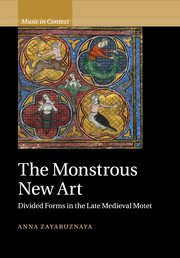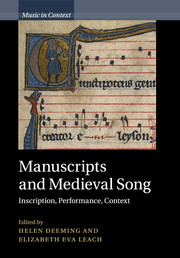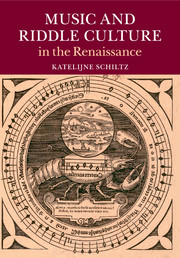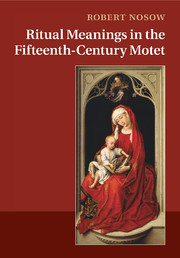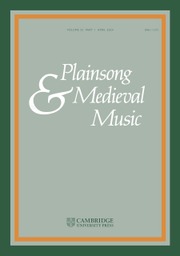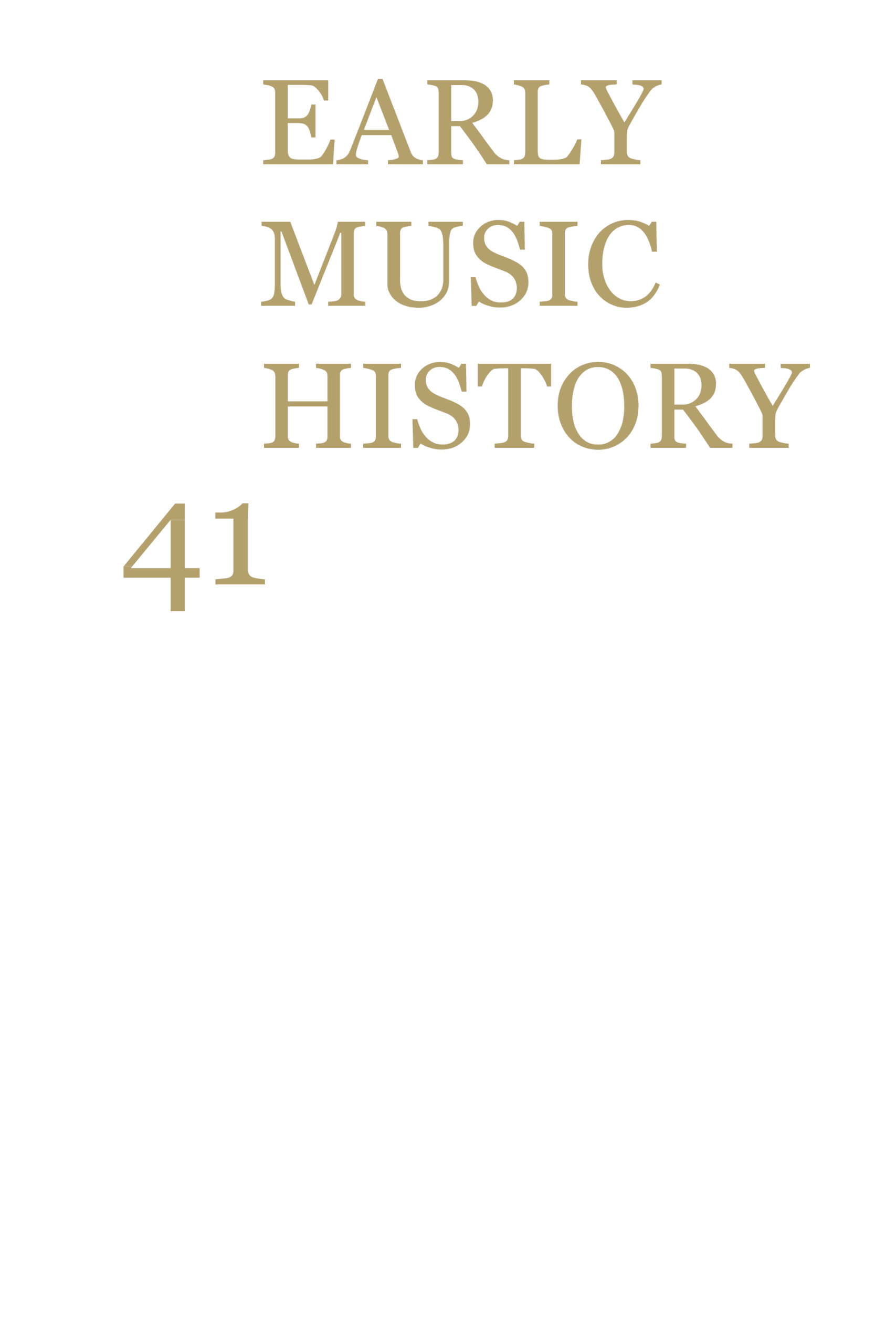The Monstrous New Art
Divided Forms in the Late Medieval Motet
£24.99
Part of Music in Context
- Author: Anna Zayaruznaya, Yale University, Connecticut
- Date Published: April 2018
- availability: Available
- format: Paperback
- isbn: 9781108458122
£
24.99
Paperback
Other available formats:
Hardback, eBook
Looking for an inspection copy?
This title is not currently available on inspection
-
Late medieval motet texts are brimming with chimeras, centaurs and other strange creatures. In The Monstrous New Art, Anna Zayaruznaya explores the musical ramifications of this menagerie in the works of composers Guillaume de Machaut, Philippe de Vitry, and their contemporaries. Aligning the larger forms of motets with the broad sacred and secular themes of their texts, Zayaruznaya shows how monstrous or hybrid exempla are musically sculpted by rhythmic and textural means. These divisive musical procedures point to the contradictory aspects not only of explicitly monstrous bodies, but of such apparently unified entities as the body politic, the courtly lady, and the Holy Trinity. Zayaruznaya casts a new light on medieval modes of musical representation, with profound implications for broader disciplinary narratives about the history of text-music relations, the emergence of musical unity, and the ontology of the musical work.
Read more- Approaches motets from a number of disciplinary perspectives, including music, literature, and the history of ideas
- Discusses several previously unedited works, revealing their significance for the first time
- Appendices contain texts and translations of the French and Latin works discussed
Awards
- Winner, 2019 John Nicholas Brown Prize, The Medieval Academy of America
Reviews & endorsements
'A thoroughly excellent, original, important, and thought-provoking book, which will prove to be of great interest to a broad constituency of readers in musicology.' Elizabeth Eva Leach, University of Oxford
See more reviews'Zayaruznaya's book provides compelling new insights into one of the most prominent and least understood genres of late-medieval music.' Karl Kügle, Universiteit Utrecht, The Netherlands
Customer reviews
Not yet reviewed
Be the first to review
Review was not posted due to profanity
×Product details
- Date Published: April 2018
- format: Paperback
- isbn: 9781108458122
- length: 319 pages
- dimensions: 244 x 170 x 17 mm
- weight: 0.57kg
- contains: 25 b/w illus. 6 tables 44 music examples
- availability: Available
Table of Contents
Introduction
1. Songs alive
2. How (not) to write a motet: the exemplary In virtute/Decens
3. Motet visions of an apocalyptic statue
4. Interlude: Nebuchadnezzar's dream
5. Ars nova and division
Epilogue: the poetics of representation
Appendices:
1. Philippe de Vitry, In virtute/Decens: texts, translations, and music
2. Philippe de Vitry, Cum statua/Hugo: texts, translations, and music
3. Philippe de Vitry, Phi millies/O creator: texts, translations, and music
4. Anonymous, Post missarum/Post misse: texts and translations
5. Anonymous, Fortune/Ma dolour: texts and translations
6. Anonymous, Amer/Durement: texts and translations
7. Philippe de Vitry, Firmissime/Adesto: texts and translations
8. Anonymous, Beatius/Cum humanum: texts and translations.-
General Resources
Find resources associated with this title
Type Name Unlocked * Format Size Showing of
This title is supported by one or more locked resources. Access to locked resources is granted exclusively by Cambridge University Press to lecturers whose faculty status has been verified. To gain access to locked resources, lecturers should sign in to or register for a Cambridge user account.
Please use locked resources responsibly and exercise your professional discretion when choosing how you share these materials with your students. Other lecturers may wish to use locked resources for assessment purposes and their usefulness is undermined when the source files (for example, solution manuals or test banks) are shared online or via social networks.
Supplementary resources are subject to copyright. Lecturers are permitted to view, print or download these resources for use in their teaching, but may not change them or use them for commercial gain.
If you are having problems accessing these resources please contact lecturers@cambridge.org.
Sorry, this resource is locked
Please register or sign in to request access. If you are having problems accessing these resources please email lecturers@cambridge.org
Register Sign in» Proceed
You are now leaving the Cambridge University Press website. Your eBook purchase and download will be completed by our partner www.ebooks.com. Please see the permission section of the www.ebooks.com catalogue page for details of the print & copy limits on our eBooks.
Continue ×Are you sure you want to delete your account?
This cannot be undone.
Thank you for your feedback which will help us improve our service.
If you requested a response, we will make sure to get back to you shortly.
×
